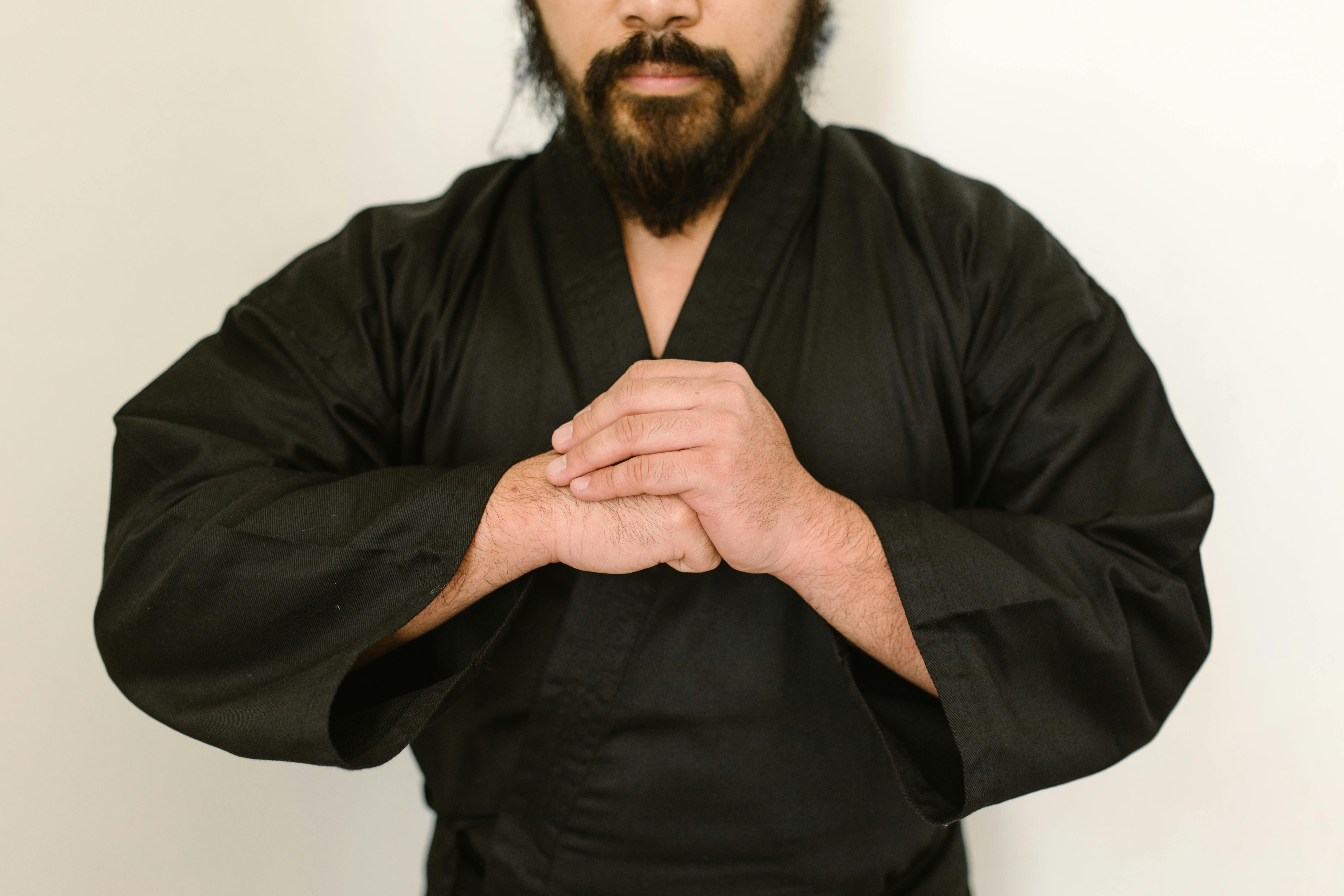Can you still teach abroad without a degree?
I seem to get an email with that question almost every week. The answer is a ‘qualified’ yes…for now. More and more countries do not grant work/teaching visas to anyone unless they have a degree. Some countries are more bureaucratic than others. Here is an example:
In Thailand, where I taught for 14 years, three ministries are involved in the process: Education, Immigration and Labor. You can’t officially teach without all their stamps of approval. Suppose you receive a job offer from a school in Thailand. What you need to do then is go to the nearest Thai embassy or consulate and get a 3-month B non-immigrant visa. The ‘B’ allows you to travel to Thailand and work while your documents are verified and processed. You should also get a letter from the local police department stating that you are a good person and not on anyone’s wanted list. Once you arrive in Thailand, your school should be able to do most of the legwork for you…whether you’re going to work for a government, private, or international school. Some employ so many foreign teachers that they have a specific department to process visas, renewals, etc. They send their papers to the Ministry of Education. Until that ministry approves them, you cannot get your work permit. Something that all aspiring teachers should be aware of is that Thailand and some other countries now require their original documents: degree, transcripts and diplomas. If you only bring copies, you will face delays, so always find out exactly what you need to bring. In South Korea, you can bring copies certified by the nearest South Korean embassy or consulate.
By the way, Ministries of Education are aware of diploma mill degrees, so don’t even think about trying that route.
In some countries, there are still ways to teach without a degree.
Option 1: If you don’t have a degree and want to teach, there are opportunities in countries like China, Vietnam, and some Eastern European countries. I think they will eventually adjust their requirements as well, but at the moment, there are still opportunities, although perhaps not in the larger centers. These change all the time, so you’ll need to find out from your nearest embassy or consulate. Most of these would also be online. Having a TESOL or TEYL Certificate will help your cause.
Option 2: You can try to find a teaching position in a corporation. Almost all companies want their managers, supervisors and anyone who has to deal with customers, suppliers, headquarters, branches, visiting dignitaries, etc. abroad, can communicate in English. While many send their people to local English schools, some find it more profitable to hire in-house trainers. If you’re lucky enough to land a corporate teaching job, you take a different route to government approvals, being added to their staff as a ‘specialist’ and a degree, while helpful, isn’t always a prerequisite. Having a TESOL certificate (Teaching English to Speakers of Other Languages) or a TEFL certificate (Teaching English as a Foreign Language) will definitely help. It shows that you have real training that will benefit you in modern classrooms.
How would you find these opportunities? You can search the internet or take a trip to the country and explore while you’re there (presumably as a tourist). If you found a position while you were there, it could involve traveling out of the country and entering on a different visa. Get ready for it. Countries vary considerably in their requirements. If you are given an interview, make sure you ‘dress the part’. I look like a teacher. Have your resume ready, tidy, grammatically correct and with a photo (required abroad). Foreign teachers usually wear a suit and tie. Knee-length skirt and a conservative blouse for ladies.
Option 3: Do you have specialized knowledge that a particular school might need? This could be an aeronautical technician, for example. If a company needed someone with your knowledge and skills, this would be another way you could be hired as a ‘specialist’ with a special dispensation to work/teach in the country.
Option 4: Get in touch with organizations that are looking for volunteers to teach in certain countries. See what their education requirements are and ask for their advice. Maybe you can get along with them and see what happens while you’re abroad. As a volunteer, you would not normally be paid, but accommodation and meals would be covered. Who knows what teaching opportunities might arise?
Not options: I mention them because some people try to circumvent the law by entering a country on visas such as Tourist, Education or Retirement. None of these allow you to work/teach… at least not in Thailand. Some of these visa holders want to stay longer than their visa allows, or their budget allows, so they look for schools where they can teach and earn money so they can stay longer. Some schools are less interested in regulations than bargain-priced teachers. These may be willing to hire teachers willing to work for less than the going rate because their qualifications are not high enough or they are a friend of a friend. They would not be listed as teachers on the school payroll and would be paid in cash under the table. I know this happens, but I don’t advocate using this plan. Claiming ignorance of the law is not enough. You could end up being jailed or deported.
I recommend that you find a way to earn your degree. If you are lucky enough to find employment, you can earn your degree online over a period of time. Even many of the old established physical institutions now offer degrees online. If you are serious about teaching, you must also be serious about advancing your education. I believe that. In my experience, the best teachers are lifelong learners, and I hope you become one.
In addition to your degree, I mentioned earlier that having a TESOL or TEFL certificate is good. Many schools are requesting one of these now in addition to a degree. There are also other valuable teaching certificates:
CELTA – Certificate in Language Teaching to Adults (British)
TEFLA – Teaching English as a Foreign Language to Adults. (similar to CELTA)
TEYL – Teaching English to Young Learners
These three are specific to one age group and are therefore excellent as supplementary qualifications. Initially, you need a broader certificate: TESOL or TEFL. Why do I say that? Many schools specifically ask for one of these two qualifications and although their aim may be to “teach adults in Europe” for example, the reality is that most schools will be looking for someone who can fill a position in primary classes or secondary. . FYI: Western Europe is difficult for new teachers to penetrate and schools generally want British qualifications. It’s fine if you have them, but I always suggest that you “fish where the fish are.” In other words, look for a teaching job where there are many openings. You have a much better chance of finding a position and if you don’t have all the qualifications that other places would require, you have a better chance where supply and demand are tilting in your favor. Look at it as an opportunity to a) find out if you enjoy teaching, b) gain practical experience, and c) work towards your degree. Once you are hired, you will find opportunities to teach adults who are offered to work at night or on weekends if you wish. Take it. It is more experience for you and a step towards your ultimate goal. All the money earned by moonlight could be deposited into a special account for that elusive degree.
Every week I post a new ESL job listing on my ESL job board and China leads the pack with over 200 jobs to fill most weeks.
Final thoughts…
As a teacher, you want your students to respect you. If you’re teaching them and you don’t even have a bachelor’s degree, are you going to earn that respect? There are many reasons why people don’t go to college immediately after high school. Many cannot afford it. A four-year college can cost up to $100,000 or more and leave you with a lot of debt to pay off. Not a great way to start your working life, right? I didn’t get my bachelor’s degree until I was forty. While teaching abroad, I went on to complete my Masters and then my Ph.D.
So can you teach abroad without a degree? In some countries you can still do it, but the opportunities are getting scarcer. My best advice is to get your TESOL or TEFL certificate first. This is a qualification that schools look for. Then find one of these teaching opportunities so you can quickly find out if teaching is for you. Once you have your certificate, go to Google, Yahoo, or Bing and search for “Teaching Jobs in ____.” (try China or Vietnam first). Send nicely worded inquiries to schools with a one-page resume extract. Make absolutely sure that you use proper English in your cover letter and resume. Remember that you are applying for a position as someone qualified to teach English. Your query letter and resume should reflect that! Spelling errors will quickly get your application rejected. Tell schools that you are working to complete your degree. Once you get hired and start working, you can do it, even if it takes a few years to complete like mine did. You will feel much better about yourself. You will be a good example for your students. Self-respect is good to have and will reflect on your students as you encourage them not to drop out of school or be satisfied with a high school/high school diploma. Your degree will also open many more doors to better jobs, so I urge you to do yourself and your future students a favor and work towards a degree. Become an inspiring teacher and a lifelong learner. Thousands of students are waiting to learn from you.









